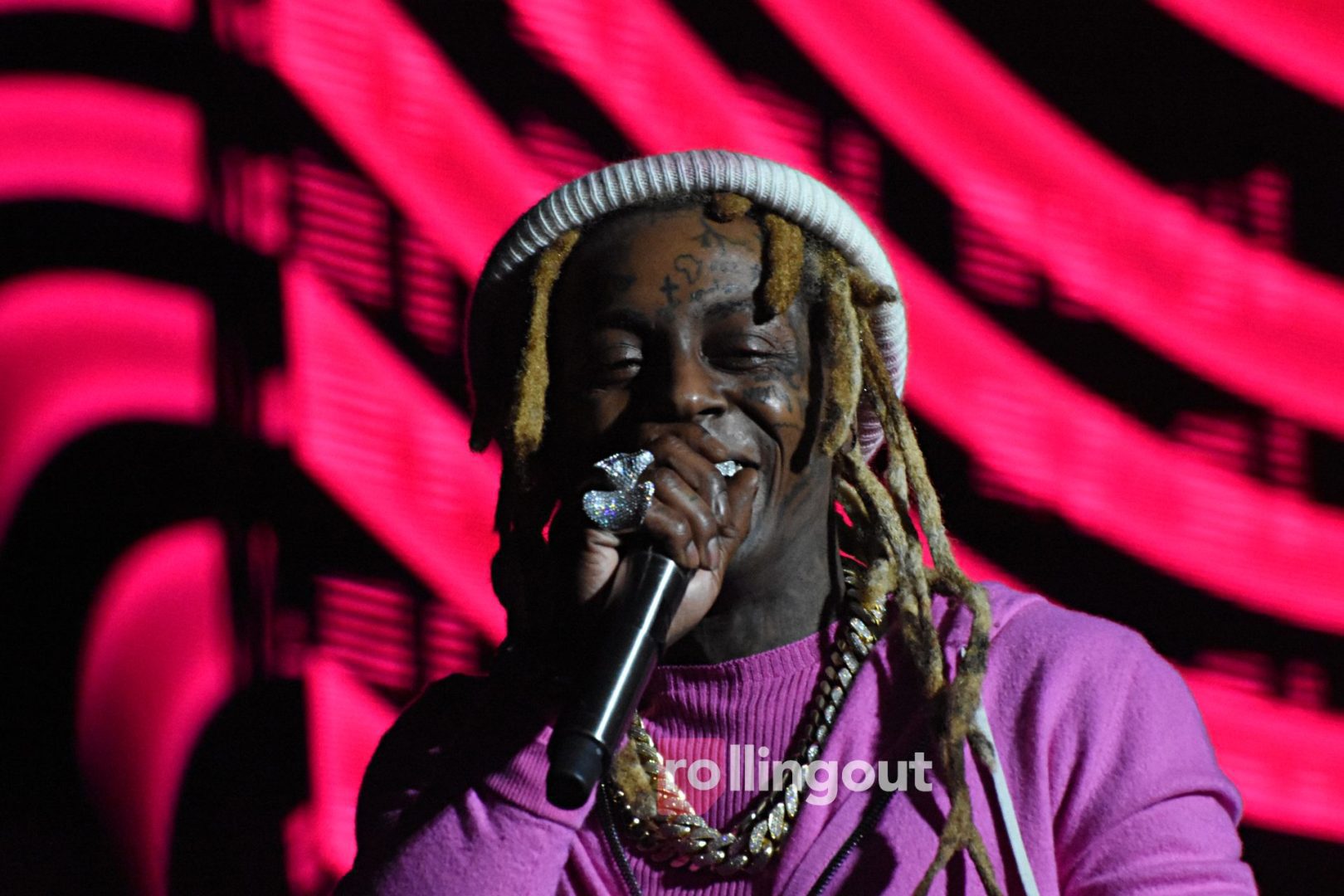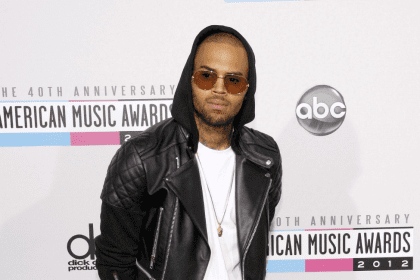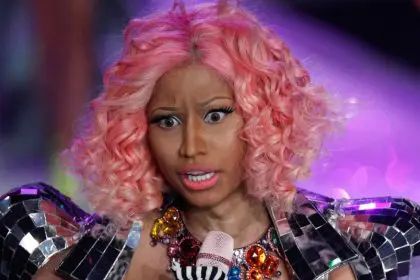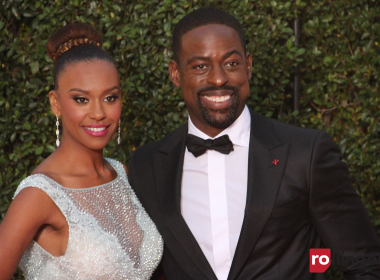In the pulsating heart of mid-2000s hip-hop, two rising stars were about to create history. Lil Wayne and Juelz Santana’s proposed collaborative album I Can’t Feel My Face represented more than just a musical partnership – it embodied the raw energy and innovation of an era. The project, which never materialized, has remained one of hip-hop’s most intriguing what-ifs, its story only now fully emerging through recent revelations.
The collaboration emerged during a transformative period in hip-hop, when the genre was experiencing a creative renaissance. Both artists were at pivotal points in their careers, with Wayne’s distinctive style evolving and Santana’s street-smart lyricism gaining widespread recognition. Their chemistry was evident in earlier collaborations, making the prospect of a full-length project particularly exciting for fans and industry insiders alike.
Behind the curtain of power
The real story behind this lost album speaks volumes about the complex machinery of the music industry. Universal, wielding unprecedented control over Lil Wayne’s artistic output, demanded a staggering 95% of the project’s profits. This left merely 5% to be divided between Def Jam and the artists themselves, creating an insurmountable barrier to the album’s release.
This profit distribution dispute revealed deeper issues within the industry’s power structure. The labels’ iron grip on artist collaborations often meant that creative ventures were subject to corporate interests rather than artistic merit. The situation highlighted how the business side of music could effectively stifle creativity and collaboration, even when artists themselves were eager to work together.
The evolution of Wayne’s stardom
During the conception of I Can’t Feel My Face, Lil Wayne stood at the precipice of superstardom. The era predated his iconic achievements with Tha Carter series and the groundbreaking single A Milli, positioning the collaboration at a crucial juncture in his career trajectory. This timing would prove significant in the power dynamics between labels and artists.
Wayne’s journey to becoming one of hip-hop’s most influential figures was still unfolding, making the label’s strict control over his collaborations particularly impactful. The unreleased project with Santana might have accelerated his rise to prominence, but industry politics had other plans. The situation exemplified how label decisions could significantly impact an artist’s career trajectory.
Label wars and artistic vision
The project’s demise illuminates the often-conflicting interests within the music industry. Universal’s stance was complicated by Lil Wayne‘s pending album obligations, while Def Jam’s involvement added another layer of complexity to an already intricate situation. The result was a deadlock that effectively shelved what could have been a defining album of the decade.
The tension between artistic freedom and label control became increasingly evident as details of the failed collaboration emerged. Multiple entities involved in the project – including Cash Money Records and Diplomats – created a web of competing interests that proved impossible to untangle. This complicated network of relationships and obligations ultimately proved too complex to navigate successfully.
The changing landscape
Today’s music industry operates under vastly different rules. Modern collaborations, exemplified by partnerships between artists like Drake and Future or Lil Durk and Lil Baby, face fewer bureaucratic hurdles. This evolution highlights how drastically the industry has transformed since the mid-2000s, when label politics could effectively halt even the most promising projects.
The digital revolution has fundamentally altered how artists collaborate and release music. Streaming platforms and social media have created new avenues for artistic partnerships, reducing the power of traditional gatekeepers. The story of I Can’t Feel My Face serves as a reminder of how far the industry has come in enabling creative freedom and collaboration.
Legacy of a lost masterpiece
The unreleased I Can’t Feel My Face stands as a testament to an era when corporate interests could override artistic vision. Its story serves as both a cautionary tale and a marker of progress, illustrating how far the industry has come in enabling creative collaborations.
The project’s absence from hip-hop’s official canon has only enhanced its mystique. While fans may never experience the album as intended, its legacy lives on as a symbol of the struggles artists faced in pursuing creative partnerships. The story continues to resonate with new generations of artists and fans, serving as a reminder of the delicate balance between art and commerce in the music industry.















